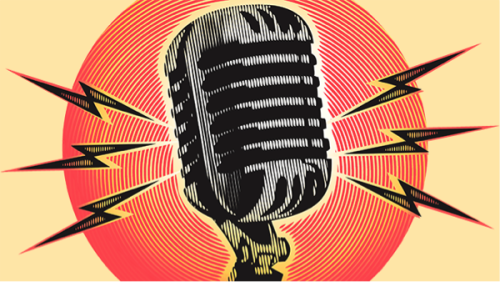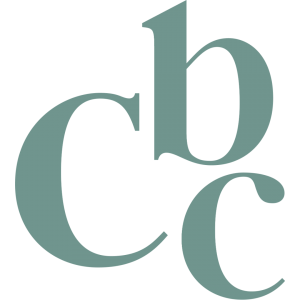People are tuning in to tune out and adapting to anything that promises to provide a digital escape. While digitizing content is the norm, there is one form of communication that has stuck: audio content. Popularity for the podcast surged in 2014, and is continuing to be a top-chosen source of branded entertainment. In 2016, audio network Wondery reported that almost 20 percent of US adults (ages 18-49) listen to a podcast once a month.
With such a large customer base, it’s no wonder brands are flocking to this digital space. Below are CBC’s guidelines for integrating brands into podcasts, without resorting to an awkward commercial break.

Don’t ignore the likely audience tension around sincerity
The danger of weaving ads in and out of a story that is meant to be organic is that the audience can get cynical and reject anything under the umbrella of “branded entertainment”. For podcasts, each production is niche and attracts a specific audience. The creators often filter advertisements that are personalized to their listenership and it is imperative to develop partnerships that make sense to the audience.
For example, The Moth, where true stories are told live, has a family-oriented audience and promotes brands such as Blue Apron, Squarespace, and Casper Mattresses.


Leverage the podcaster’s tone
Steer away from the obvious stale, scripted commercial approach. Opt instead to have the podcast’s narrator tell the brand story in his/her own voice.
We loved how 2016 true crime podcast Up and Vanished naturally integrated ads. Narrator Payne Lindsey approaches the “branded entertainment” aspect of his show through the use of his recognized and trusted voice. As such, his sponsorship segments were fitting, accessible and relevant.

What’s the Tee, a podcast by RuPaul Charles (RuPaul’s Drag Race) integrates ads well by using humor. The ad placements are casual and don’t seem to be read off of a script.

Get creative with tracking
Podcasts are favored because of their raw, real-time nature. But unlike other brand channels, it is incredibly difficult to track ROI for podcast ad consumption. Of course, you can track downloads and subscribes of the podcast, but this can be misleading. How can you tell the percent of people who completed the episode or even visited the website?
One popular way of quantifying your ROI is to use a coupon or promo code.
Podcasts have a way of connecting with their audience. This connection can be leveraged by brands by strategically integrating content and product into people’s lives in an organic way.
